San Francisco
Thank you, Deborah, for that gorgeous homage to our city and to the Bay Area’s theatre community. Like you, and despite living in San Francisco for some twenty-five years, I have never become inured to the singular beauties of this place, everyday beauties, offered with egalitarian largesse. Take this morning. I’m writing from the kitchen table in my decidedly working-class neighborhood—a terra incognita to both the tourists filling our hotels as well as the gilded classes in Pacific Heights—and even here modest homes and apartments are daily afforded views over gardens, blooming in mid-January, towards a baby-blue bay and downtown towers, rosy in the morning light. I see this every day, and still I can’t stop from sighing, “What a view.”
At my day-job, running the service organization Theatre Bay Area, I am afforded another daily vista, scanning the region’s theatre community. It’s a prospect that after eight years on the job continues to prompt fascination. It’s an incredibly vast and diverse place, as you’ve described. And it’s knit together with a spirit of collegiality that many from frostier climes find eye-popping.
In Outrageous Fortune, the milestone study of the nation’s new play infrastructure, authors Todd London and Ben Pesner remark on the Bay Area’s unusual level of cooperation and find it to be a key support to the region’s burgeoning new work scene. As O.F. describes, theatre companies here routinely swap scripts, playwrights, directors, actors—even artistic directors. Right now across the bay, Ghostlight is opening the second-phase of its world premiere run—a remarkable collaboration between CalShakes’ A.D. Jonathan Moscone and Berkeley Rep’s Tony Taccone—not to mention Ashland’s Bill Rauch. This project, which has grabbed national attention, reflects our community’s everyday habit of cooperation, sharing and mutual support.
I’d like to think Theatre Bay Area, over its thirty-five years, has had something to do with nurturing this communal spirit. It’s probably more true to say that spirit has nurtured us.
If there’s a downside to our communal impulse it might have to do with our cultural aversion to hurting feelings and dampening aspirations. We want to be supportive. We hate to be a downer. Which can get in the way of telling the truth. And recognizing the truth is essential to pursuing artistic excellence. After patting ourselves on the back after O.F.’s shout-out, many of Theatre Bay Area’s members have been looking for ways to cut through the fog of well-meaning but ungrounded “support” to find a constructive but clear-sighted practice of seeing—and speaking—that leads the artistic eye towards unclouded peaks of rigor and excellence.
...artistic excellence—what is it, how do you achieve it, how do you more honestly assess your work and its impact?
Our service organization peers are incredulous, but Theatre Bay Area’s members have asked us to challenge complacency by sparking conversations on artistic excellence—what is it, how do you achieve it, how do you more honestly assess your work and its impact? Artists and theatres are committing to practices of systematically calling out candid critique of their work—like artistic directors who convene a kitchen cabinet of peers to offer their unvarnished assessment of every production, actors who regularly seek out honest feedback from trusted directors and mentors, directors and playwrights who do the same—during the rehearsal period as well as after the run.
And theatres are starting to turn to studies we’ve commissioned that look at—and measure—the intrinsic impact of their work on the people in the seats. We’re not talking about the usual demographic or marketing surveys, but probing research that goes to the heart of how the art makes the audience think and feel. Through intrinsic impact research (which we’ve commissioned here and in five other cities across the country), artistic directors and their companies are finding new ways to articulate what they’re trying to achieve in the audience with their work and then use the research methods to test whether they’re accomplishing what they’ve set out to do.
Community, collegiality, and collaboration are beautiful things. So are candor, careful metrics, and courageous self-criticism. Together, I wonder what’s possible to make with the sum of these parts.

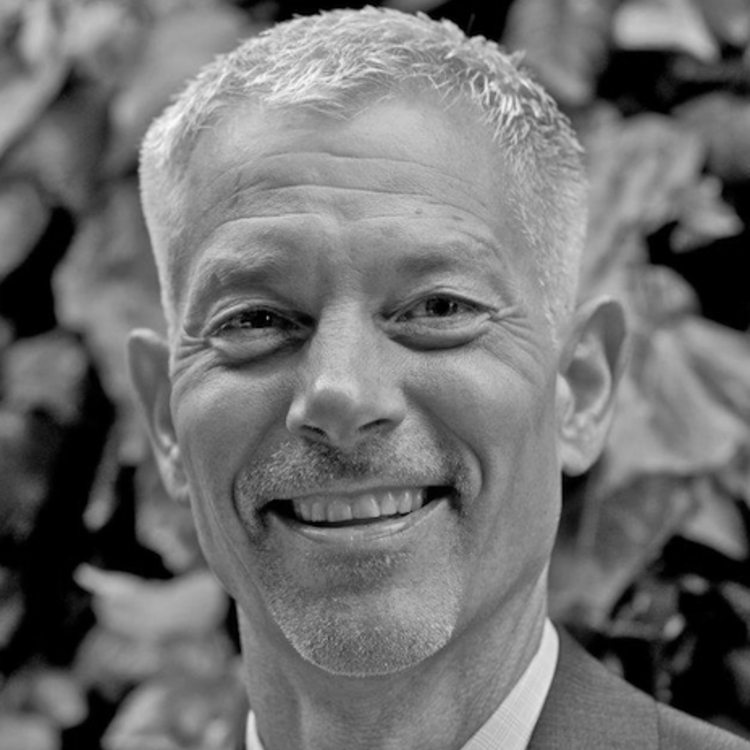

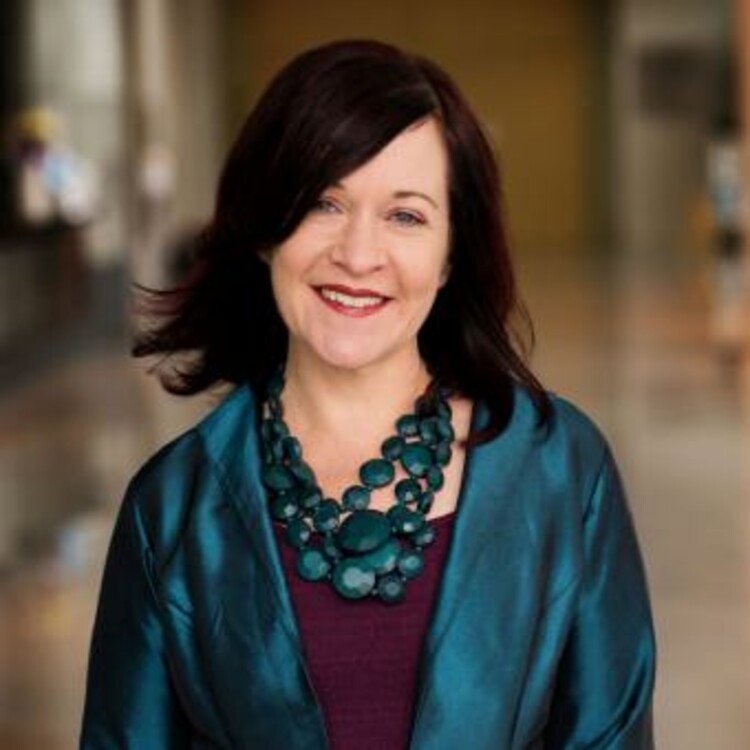
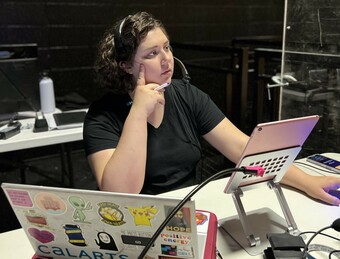

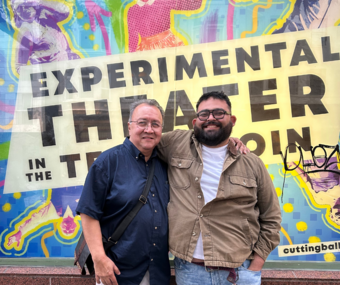


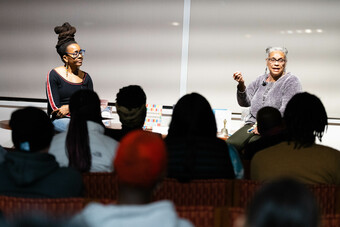


Comments
The article is just the start of the conversation—we want to know what you think about this subject, too! HowlRound is a space for knowledge-sharing, and we welcome spirited, thoughtful, and on-topic dialogue. Find our full comments policy here